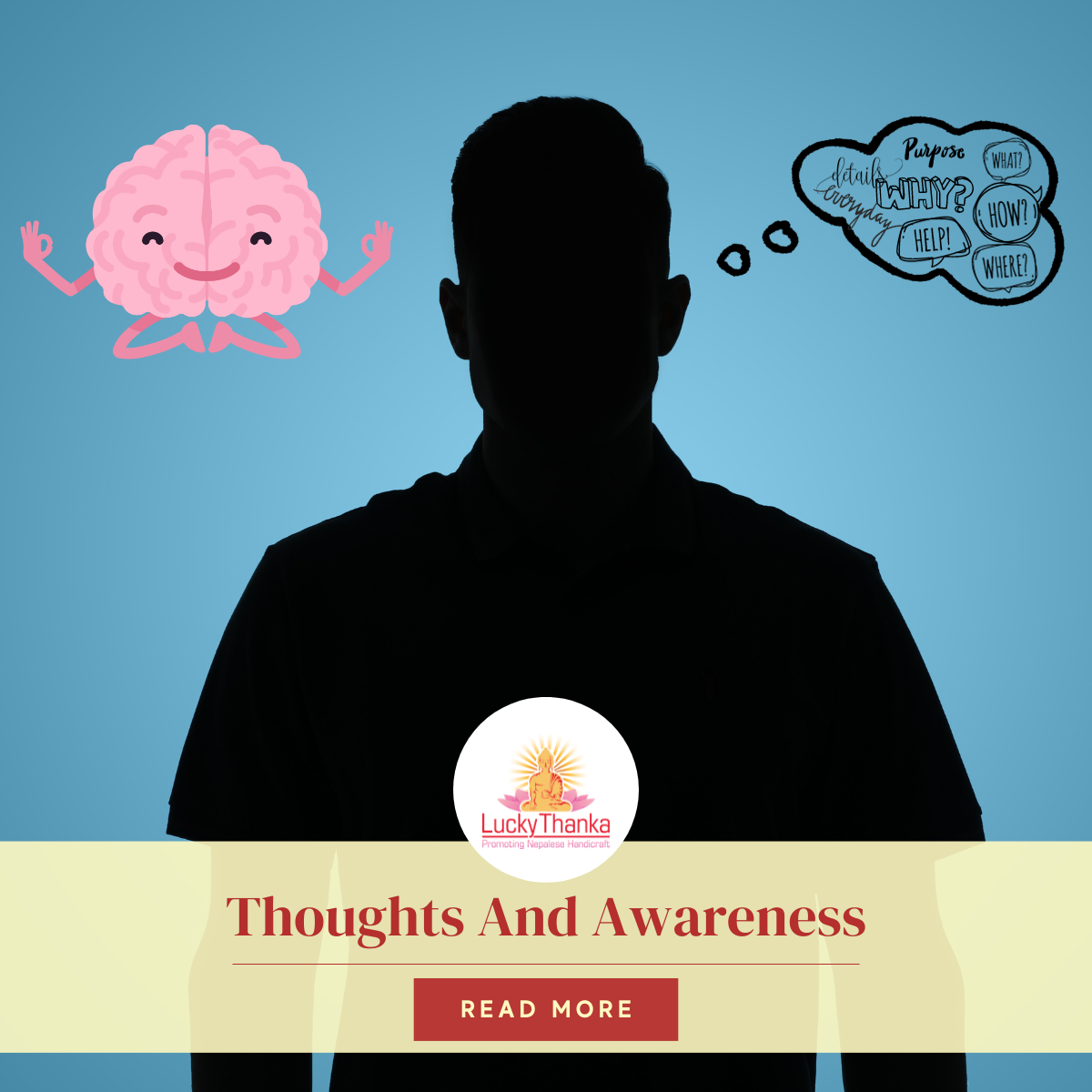In the realm of Buddhist philosophy, delving into the intricacies of the mind is a fundamental aspect of spiritual growth. Central to this exploration is the distinction between thoughts and awareness. While these terms may seem interchangeable in everyday language, within the context of Buddhist teachings, they represent two distinct facets of consciousness. In this article, we will explore the profound difference between thoughts and awareness, shedding light on their significance in the path towards enlightenment.
Furthermore, this exploration of thoughts and awareness is not merely an intellectual exercise, but a practical endeavor with profound implications for daily life. As individuals deepen their understanding of these concepts, they gain valuable tools for navigating the complexities of existence. Through mindfulness practices like meditation and reflective contemplation, one can actively cultivate a state of heightened awareness, allowing them to witness thoughts without becoming entangled in them. This newfound clarity and equanimity extend beyond the meditation cushion, influencing how individuals interact with the world around them. It empowers them to respond to life's challenges with greater wisdom, compassion, and resilience. In essence, the distinction between thoughts and awareness serves as a guiding light, illuminating a path towards a more enlightened and liberated way of being.
Understanding Thoughts

Thoughts are the mental processes that occur when the mind engages with information, memories, and sensory perceptions. They manifest as the internal dialogue, images, and concepts that constantly flow through our consciousness. Thoughts are often rooted in attachment, aversion, and ignorance - the three primary sources of suffering according to Buddhist philosophy.
Attachment-driven thoughts are those that arise from our desires and cravings. These can range from wanting material possessions to seeking approval and affection from others. Aversion-driven thoughts, on the other hand, are rooted in avoidance and resistance. These thoughts emerge in response to experiences or circumstances that we find unpleasant or uncomfortable. Finally, ignorance-driven thoughts are born out of a lack of understanding or a misperception of reality. They cloud our discernment and perpetuate a cycle of confusion.
In contrast, awareness serves as the silent witness to this constant mental activity. It is a state of non-judgmental presence, allowing us to observe thoughts without being consumed by them. This faculty of awareness is not bound by the limitations of time or circumstance; it remains steadfast and unchanging. Through dedicated practice, individuals can cultivate this profound capacity for mindfulness. By doing so, they create a sanctuary within themselves, a space where thoughts can come and go, like passing clouds in the vast sky of consciousness. This separation between the observer and the observed is a cornerstone of Buddhist philosophy, offering a transformative perspective on the nature of reality and self.
The Significance of Awareness
Awareness, or mindfulness, is the capacity to observe thoughts, emotions, and sensations without becoming entangled in them. It is a state of non-judgmental, non-reactive presence. In contrast to thoughts, which are transient and subject to change, awareness represents an unchanging and foundational aspect of consciousness.
In Buddhist teachings, cultivating awareness is considered a vital practice for transcending suffering and attaining enlightenment. By observing our thoughts without identification, we can break free from the cycle of attachment, aversion, and ignorance. This allows us to gain a deeper understanding of the impermanent nature of reality and the interconnectedness of all beings.
The Relationship between Thoughts and Awareness

To grasp the profound difference between thoughts and awareness, it is essential to recognize their interdependence. Thoughts arise within the field of awareness, much like clouds passing through the sky. However, it is crucial not to mistake the clouds for the sky itself. Similarly, thoughts are not synonymous with awareness, but rather a temporary expression of it.
Through dedicated mindfulness practice, individuals can cultivate a heightened sense of awareness, enabling them to observe thoughts without being swept away by them. This separation between observer and observed is a cornerstone of Buddhist philosophy, as it leads to a deeper understanding of the nature of reality and the self.
Practical Techniques for Cultivating Awareness

Meditation: Meditation is a powerful tool for developing awareness. By focusing on the breath or a specific object, practitioners learn to observe their thoughts without attachment or aversion. This practice helps create a mental space where one can witness the arising and passing away of thoughts.
Mindful Breathing: Paying attention to the breath is a simple yet profound way to cultivate awareness. By bringing attention to the sensation of inhaling and exhaling, individuals anchor themselves in the present moment, allowing thoughts to come and go without entanglement.
Observing Sensations: Another effective technique is to observe bodily sensations. By bringing awareness to physical feelings without judgment, individuals can develop a deeper understanding of the mind-body connection and the impermanence of sensations.
Reflective Contemplation: Taking moments of introspection to contemplate the nature of thoughts and awareness can also be highly beneficial. Reflecting on experiences and observing the mind's reactions fosters a deeper insight into the workings of consciousness.
Conclusion
In the pursuit of spiritual growth and enlightenment, understanding the distinction between thoughts and awareness is paramount. While thoughts are transient and rooted in attachment, aversion, and ignorance, awareness represents a timeless and foundational aspect of consciousness. By cultivating mindfulness, individuals can observe thoughts without becoming entangled in them, leading to a profound shift in their perception of reality and the self.
Embracing this awareness-centric approach opens the door to a deeper understanding of the interconnectedness of all beings and the impermanent nature of existence. Through dedicated practice and a commitment to mindful living, individuals can embark on a transformative journey towards a more liberated and enlightened way of being.
If you've enjoyed exploring the distinctions between thoughts and awareness in this blog, you'll find even more insightful perspectives on mindfulness and self-awareness over on our companion blog listed below:



